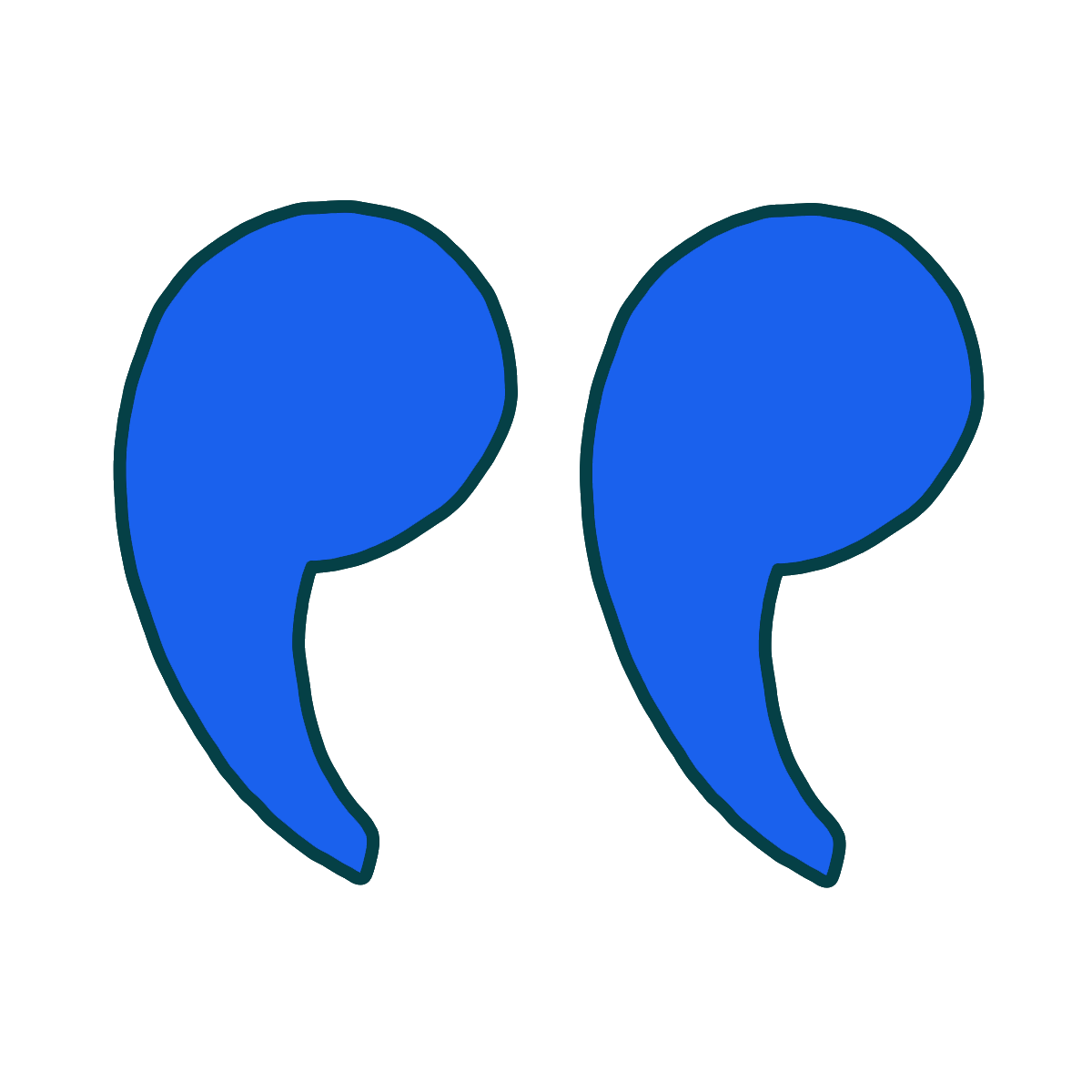If Nao’s story crosses the Pacific Ocean to reach Ruth, A Tale for the Time Being traverses just as many genres. On first impression, the novel begins with a premise that seems ordinary enough: Ruth reads through washed-up diary entries that had been penned by a lively teenager on the other side of the ocean. But this semblance of normalcy breaks down as reader and Ruth dig deeper. The novel acquires a dimension of psychological fiction as Nao probes the depths of her self-loathing and Ruth grapples with the developing story. What had started as realistic fiction takes a more troubling turn as Nao chronicles her father’s suicide attempts and pivots towards fantasizing about her own.
This emotional shift coincides with the story’s use of magical realism. The novel takes its reader to a space where psychology and magic meet, blurring the edges of reality before dissolving it. The diary’s unexpected arrival to Ruth’s Canadian shores becomes the least of the story’s puzzles as a Japanese crow mysteriously perches outside her home and her search results for “Yasutani Jiko” at once appear and disappear. Within the diary entries, Nao wreaks vengeance in strange dreams and speaks to Haruki #1’s ghost during Odon festivals. In a plot of unsolved, inexplicable mysteries, questions abound.
The novel’s uncertainties and psychological instabilities build up its meta-fictional preoccupations. Ruth not only invests herself in Nao’s fate, but—in yet another magical twist—ends up participating in its making. The words in Nao’s diary write and re-write themselves, disappearing when Ruth checks only to reappear a night later. In her dreams, Ruth reaches across the darkness to pick up Jiko’s glasses and intervenes to slip Haruki #1’s secret French diary onto the altar. And in the novel’s most dramatic moment, she visits Haruki #2 to save Nao from her suicide attempt. Ruth’s engagement with Nao’s diary becomes a story in and of itself. In the most literal sense, A Tale for the Time Being pushes its audience to lose themselves in the novel, questioning the division between writing and reading.







